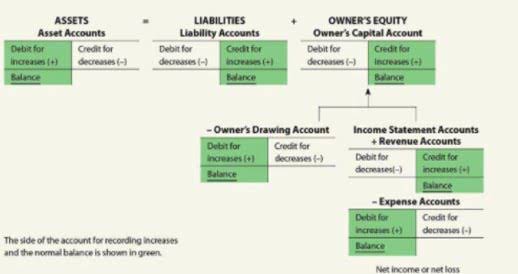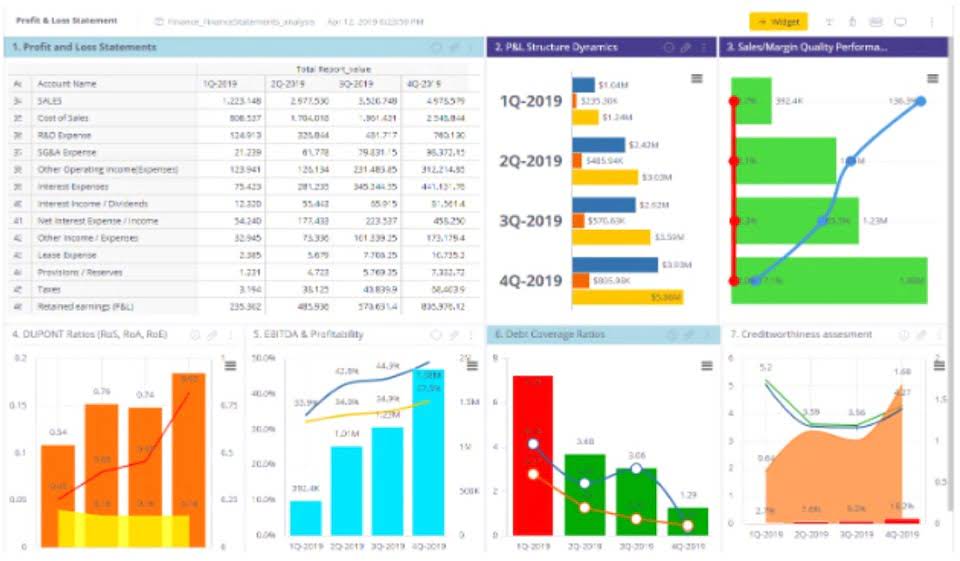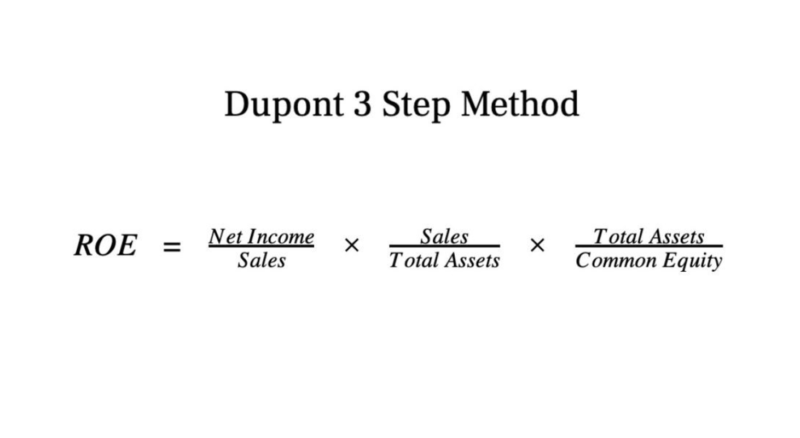10 Common Accounting Errors and How to Avoid Them

For instance, cash sales of $2,500 have been recorded on the debit side and credited to bank account. A customer payment of $2,000 is written as $20,000 in the cash accounting errors receipts journal. The cash balance is now overstated by $18,000, and the customer account shows an incorrect balance.

You’re our first priority.Every time.
- Regularly compare your accounting records with bank statements to ensure they match.
- For example, you erroneously overstate income by $1,000, but you also overstate an expense by a like amount so it all evens out even though both entries are wrong.
- This is another accounting error where the transaction has been recorded at the correct amount; however, that transaction has been recorded on the wrong side.
- Though it’s a simple error, it can affect your accounting significantly and result in financial losses—not to mention plenty of time trying to find this tiny error.
- Set company policy on documentation procedures so entries can be made properly and accurately.
- Whether you choose to hire a freelance worker or an in-house employee, hiring a bookkeeper or accountant is a smart business decision that will truly benefit your company.
It also allows your internal team to focus more on core operations, while deferring more intricate financial issues like internal controls and fraud protection to a dedicated resource. The potential impact of transposition errors varies depending on the entry, but they could result in a loss of funds for your business. The potential impact of a data entry error can vary from something minor to a major mishap, such as underpayment or overpayment of a vendor. It’s important to fully understand your business tax responsibilities so you can make sound decisions and avoid incorrect reporting.
Error of Omission in Accounting
- More than that, however, principle errors represent a more pressing issue.
- Organize physical and digital documents (invoices, receipts, contracts) in a logical, easy-to-navigate system.
- It’s easy to forget about that small thank-you gift you mailed to a client or the ream of printer paper you picked up on your way back to the office.
- This error drastically affects the balance sheet and gives an incorrect picture of the business’s financial status.
- The errors of transposition are one of the accounting errors that incur as a result of the wrong digit of the number has been accidentally recorded the other way round.
- In this article, we’ll take a look at the 8 most common accounting errors that businesses frequently encounter and provide practical solutions to fix and avoid them.
Either way, you can take the manual strain out of the process using automated error-detection tools. Due to a lack of clear communication and transparency, two accountants enter the same supplier invoice. If this error goes undetected, the business will pay the same invoice twice. An accountant accidentally records a loan repayment as an expense instead of reducing a liability. This artificially inflates the business’s expenses, leading it to underreport its net income.

ACCT 201 Accounting Principles I
Error of commission is an error that occurs when a bookkeeper or accountant records a debit or credit to the correct account but to the wrong subsidiary account or ledger. For example, money that has been received from a customer is credited properly to the accounts receivable account, but to the wrong customer. The error would show on the accounts receivable subsidiary ledger, which contains all of the customers’ invoices and transactions. Together, these tools reduce the risk of data entry errors, errors of omission, and duplicate errors. They ensure complete transparency around client data and task management while ensuring consistency and accuracy across accounting workflows. Implement accounting software to automate the recording of financial transactions, payroll processing, invoice generation, and any other accounting function.
What can I do to avoid errors in financial accounting?
If there’s a gap between the two, there is likely an error that requires immediate attention to prevent the issue from worsening. Regularly reviewing your business bank accounts against your books can also help you catch any fraudulent transactions that may have occurred. In the dynamic landscape of accounting, errors are inevitable, but their impact can be mitigated through proactive detection and correction measures. Understanding the causes and types of accounting errors equips organizations with the knowledge to implement effective strategies for error prevention. Regular reconciliations, robust internal controls, and the use of technology are essential components of a comprehensive approach to error management. Accounting, while a precise and structured discipline, is not immune to errors.

Bookkeeping
As the name suggests, errors of omission occur when an accountant fails to record a transaction altogether. This can happen due to Bookkeeping for Chiropractors oversight or negligence — especially when accountants are stretched thin during busy times. But have real-world consequences like overbilling clients or misinterpreting financial reports. To mitigate these issues, it’s important to double-check entries — and implement data validation tools like Brex AI that flag inconsistencies and duplicate entries.

Missed or late bill payments

This results in an inaccurate total — and your business overcharging the client. If the client spots this error, it could damage your relationship with them beyond repair. More broadly, failing to record transactions can lead to all sorts of legal and regulatory issues. Your business may be investigated income statement for accounting fraud or fined a large sum of money, even if the omission was unintentional. The Brex business account consists of Checking, a commercial demand deposit account offered by Column N.A. (“Column”), member FDIC, and Treasury and Vault, which are cash management services offered by Brex Treasury LLC (“Brex Treasury”), member FINRA/SIPC, an affiliate of Brex.
The best way to correct errors in accounting is to add a correcting entry. A correcting entry is a journal entry used to correct a previous mistake. Make sure the dates of transactions recorded in your books accurately reflect the actual dates those transactions occurred.
The bookkeeper enters $50 in cash and $50 in accounts receivable instead. An error of commission occurs when an amount is entered right and in the correct account but the value is wrong–i.e. An error of omission happens when you forget to enter a transaction in the books.

 Телефон: +359 52 500 725, +359 52 500 726
Телефон: +359 52 500 725, +359 52 500 726